One romantic illusion that our culture seems to continually enforce is that we are entitled to our dreams—dreams of what life should be and what we should be able to achieve. How delightful to find a children’s book that quietly undermines this obsession: Jean Fritz’s Leonardo’s Horse.
Leonardo’s Horse presents the story of Leonardo da Vinci’s greatest artistic ambition—that of building a bronze horse three times its natural size—which was unfulfilled.
Focusing on this one thread in da Vinci’s life allows Fitch to give shape and drama to her story and makes history come alive for readers.
After learning some interesting details about the Renaissance figure—that he wouldn’t eat meat because he loved animals; that he couldn’t bear the sight of caged birds, that he was also an engineer, architect, musician, philosopher, and astronomer—we learn that he was commissioned by the Duke of Milan to build a massive statue of a horse.
The artist succeeds in the first steps of the project: analyzing the anatomy of horses, sketching them many times; deciding to depict a trotting horse, collecting thousands of pounds of metal, and even creating an astounding, massive clay model in 1493.
But da Vinci never cast the horse.
The clay model was destroyed when the French invaded Milan six years later. Thereafter, da Vinci became absorbed in painting and inventing and never returned to the horse. He died with this disappointment.
Interestingly, Fitch then jumps to 1977, where American Charles Dent takes up da Vinci’s dream and tries to realize it—Dent reinvents the dream. He hopes to finish the horse and make it a gift from the American people to the people of Italy. He, too, fails.
Eventually sculptor Nina Akamu started over from scratch and completed the work. It was unveiled in Milan in 1999.
The book’s lavish illustrations are set off by the book’s arched shape. The artwork in it varies from a collage of da Vinci’s sketches, to a poignant portrait of the elderly artist gazing forlornly out his window at a horse-shaped cloud, to a depiction of how the horse was finally created from clay to plaster to bronze. They aptly catch the mood of the story or inform us in every page.
Despite the fact that later artists carried da Vinci’s plan to fruition, the book does highlight the truth—that even a creative genius who spends years on a project may die without realizing his dream. As Fitch writes: “It was said that even on his deathbed, Leonardo wept for his horse.”
Leonardo’s Horse presents the story of Leonardo da Vinci’s greatest artistic ambition—that of building a bronze horse three times its natural size—which was unfulfilled.
Focusing on this one thread in da Vinci’s life allows Fitch to give shape and drama to her story and makes history come alive for readers.
After learning some interesting details about the Renaissance figure—that he wouldn’t eat meat because he loved animals; that he couldn’t bear the sight of caged birds, that he was also an engineer, architect, musician, philosopher, and astronomer—we learn that he was commissioned by the Duke of Milan to build a massive statue of a horse.
The artist succeeds in the first steps of the project: analyzing the anatomy of horses, sketching them many times; deciding to depict a trotting horse, collecting thousands of pounds of metal, and even creating an astounding, massive clay model in 1493.
But da Vinci never cast the horse.
The clay model was destroyed when the French invaded Milan six years later. Thereafter, da Vinci became absorbed in painting and inventing and never returned to the horse. He died with this disappointment.
Interestingly, Fitch then jumps to 1977, where American Charles Dent takes up da Vinci’s dream and tries to realize it—Dent reinvents the dream. He hopes to finish the horse and make it a gift from the American people to the people of Italy. He, too, fails.
Eventually sculptor Nina Akamu started over from scratch and completed the work. It was unveiled in Milan in 1999.
The book’s lavish illustrations are set off by the book’s arched shape. The artwork in it varies from a collage of da Vinci’s sketches, to a poignant portrait of the elderly artist gazing forlornly out his window at a horse-shaped cloud, to a depiction of how the horse was finally created from clay to plaster to bronze. They aptly catch the mood of the story or inform us in every page.
Despite the fact that later artists carried da Vinci’s plan to fruition, the book does highlight the truth—that even a creative genius who spends years on a project may die without realizing his dream. As Fitch writes: “It was said that even on his deathbed, Leonardo wept for his horse.”

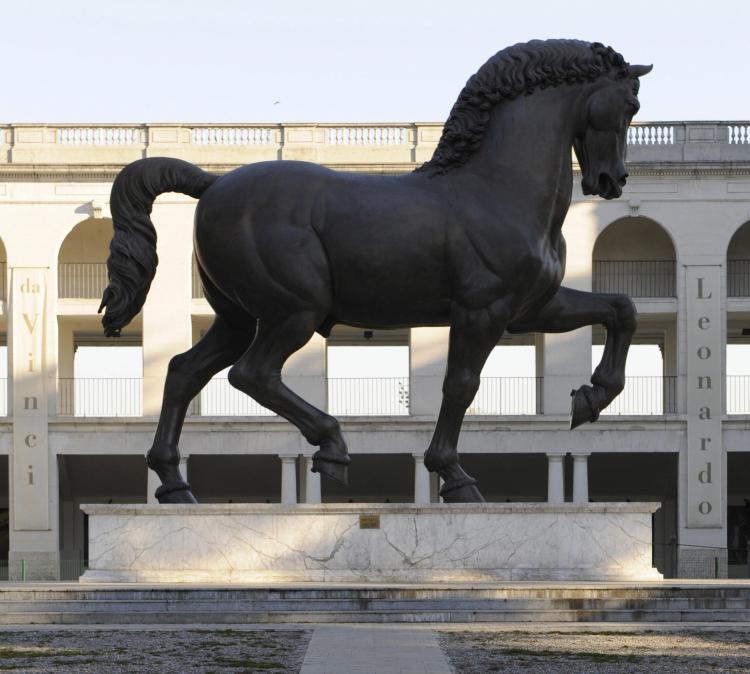
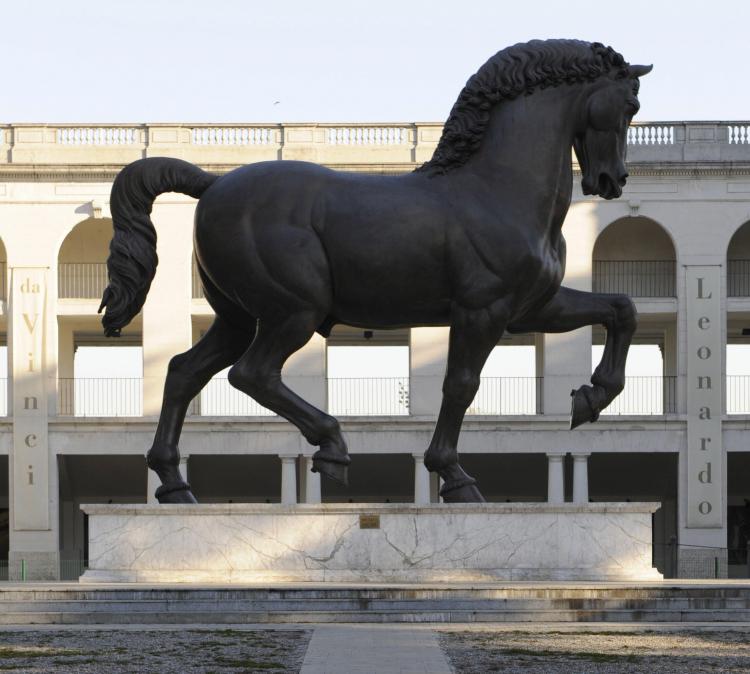
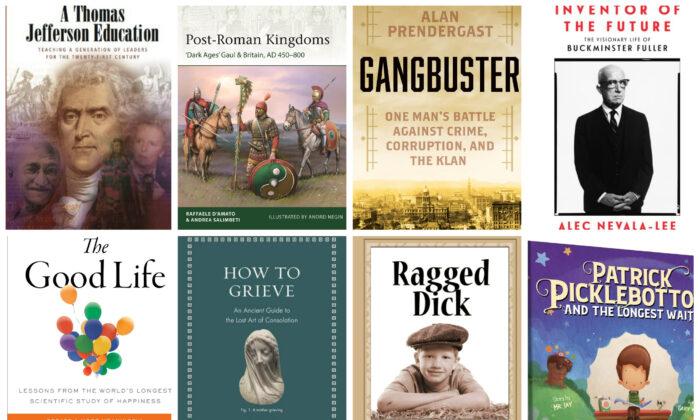
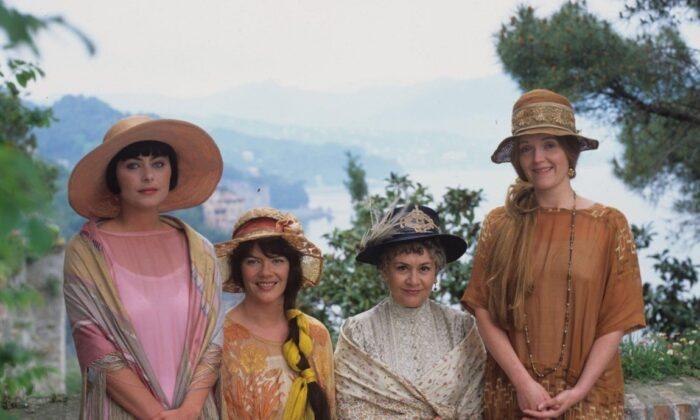
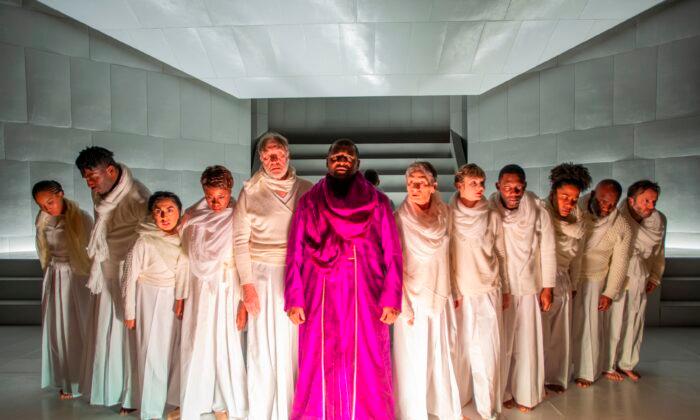
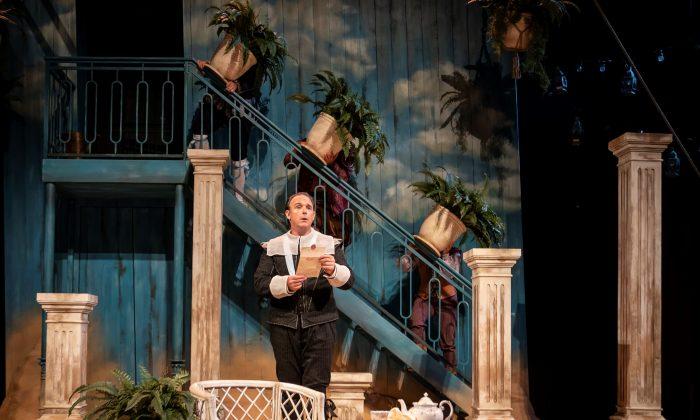
Friends Read Free